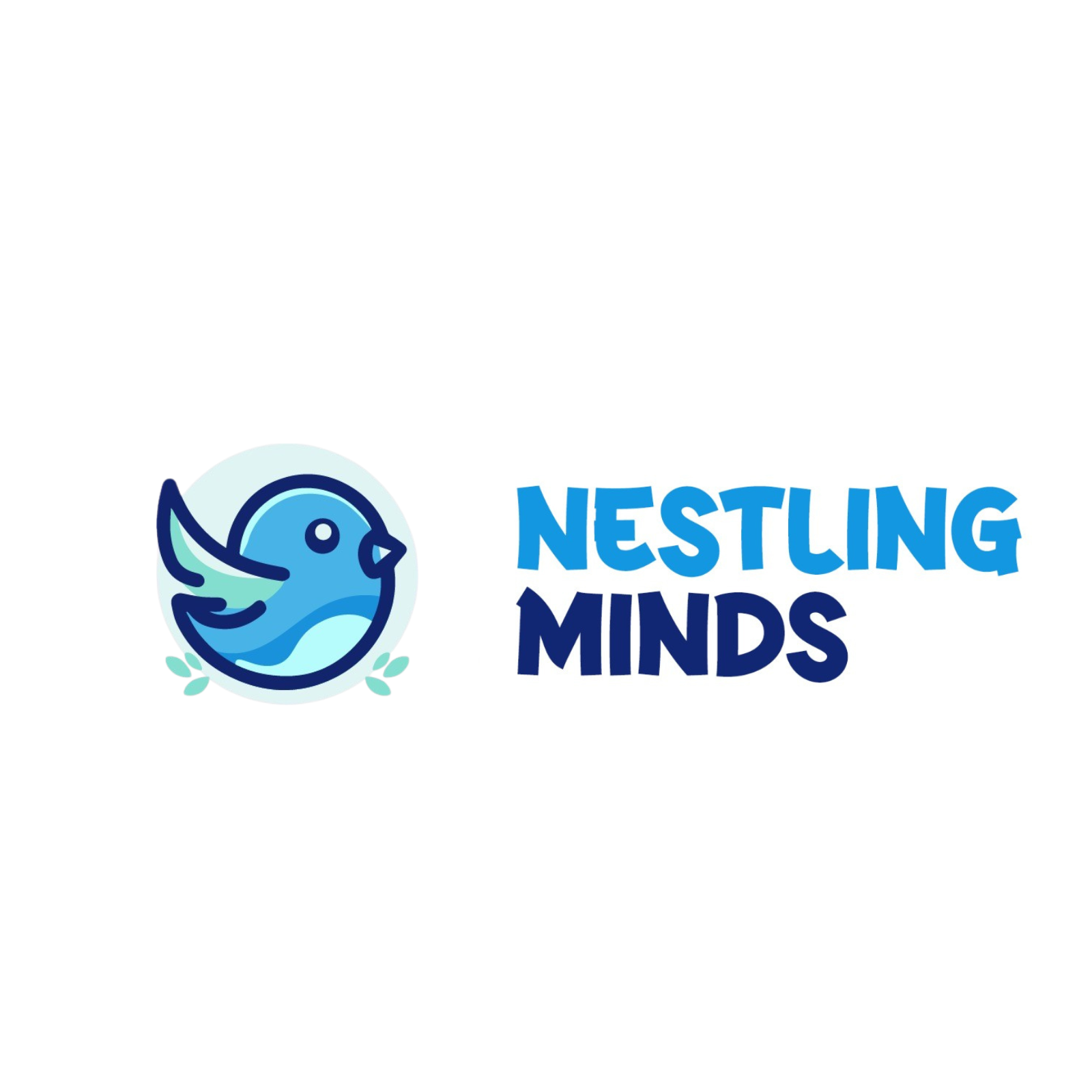It was during a school consultation in Guwahati when I first witnessed a powerful moment of collaboration. A teenage boy had been struggling academically and emotionally. While teachers thought he was simply lazy, his parents believed he was “just being difficult.” But when we finally brought both groups together—with the student present—something shifted. The boy tearfully shared, “I don’t think either of you knows what it’s like to be me.”
Silence followed. And then understanding.
That meeting didn’t solve everything. But it began something critical: dialogue.
The Myth of the “School vs. Home” Divide
Too often, schools and parents operate in silos. One assumes the other will “handle it.” But mental health—like learning—thrives when nurtured by a shared support system.
Children spend almost equal time at school and home. When these two spaces echo the same emotional values—compassion, listening, encouragement—it creates a powerful safety net. But when they're out of sync, children fall through the cracks.
Why Collaboration Is Not Optional Anymore
Here’s what we've seen in our work at Nestling Minds:
- A student may be anxious in class, but the root cause could lie at home—family conflict, over-scheduling, lack of sleep.
- Or the reverse: a confident, talkative child at home may become withdrawn in school due to peer issues or academic stress.
When teachers and parents communicate consistently, these hidden patterns become visible. And addressable.
Creating the Triangle of Trust: Student–School–Parent
We recommend schools adopt this collaborative model with three key principles:
1. Transparent Communication
- Host regular emotional wellness check-ins—not just academic PTMs.
- Use short, reflective forms that ask parents: “Has your child expressed worry, sadness, or stress lately?” and “What support do you feel they need?”
- Create teacher-parent WhatsApp groups focused not on syllabus but on sharing strategies, motivational messages, and well-being tips.
2. Joint Emotional Education
- Invite parents to participate in SEL (Social-Emotional Learning) sessions.
- Share vocabulary from school modules—like “name it to tame it” (a technique for managing emotions)—so children hear the same language at home.
3. Shared Response Plans
- If a child is facing difficulties, build a joint plan with clear roles. For example:
- Parent: No academic pressure post 8 PM.
- School: Weekly 1-on-1 teacher check-in.
- Child: Journals once a week and reflects on mood.
This clarity prevents blame and builds accountability—with compassion.
A Moment That Remains With Me
In a workshop in Pune, we once encouraged parents to write a letter to their child, beginning with “What I love about you is…”
A teacher later shared that a mother broke down while reading her letter. She said, “I forgot how beautiful my child’s soul is. I’ve been so focused on marks, I forgot the person.
”These aren’t just workshops. They’re windows.
Final Word: Let’s Be on the Same Team
Mental health isn’t “extra work” for schools or “just parenting” at home. It’s a joint mission.
When schools and parents move from managing behavior to understanding feelings, children thrive—not just in classrooms or report cards, but in life.
Let’s stop asking, “Whose responsibility is it?” and start asking, “How can we support this child, together?”
Because the bridge between home and school isn't just about communication—it's about connection.

